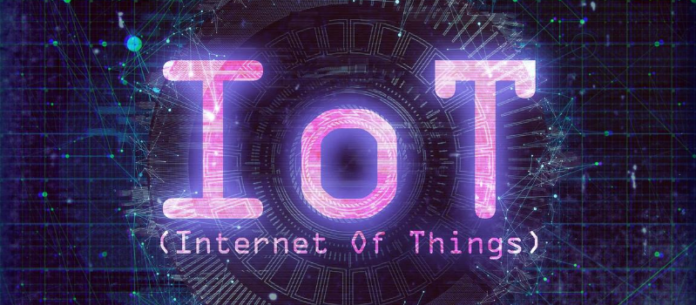Abbreviated as IoT, Internet of Things is a fast-growing topic of discussion across the world especially at workplaces. It’s a notion which has created a positive impact not only on our day-to-day activities but also on how we work and live. The IoT has made it possible for the extension of the power of the internet far beyond smartphones, laptops, and computers to an entire spectrum of technology. The IoT has not only transformed human lives but also is transforming industries across various sectors. Broken down from agriculture to manufacturing to the healthcare industry just to mention a few.
Here we will discuss
- What IoT is?
- From an Enterprise Perspective – IoT
- Examples of Enterprise IoT
What IoT is?
- It is described as a network of physical things or objects that are further installed by sensors, high technology, and software with the aim of connecting and transferring data to other devices via the internet to wireless networks with no help from human intervention.
- These systems and devices range from typical household entities to advanced industrial appliances.
- With over 7 billion IoT gadgets connected, research done by experts states that in the coming years the number will grow to about 10 billion. For instance, through the integration of simple computer devices with the help of detectors, your smart thermostat installed in your home can adjust the temperature of your living space before you reach home with the help of your smart car by it receiving location data before you arrive at home.
- The above-described ordinary IoT systems function by sending receiving and evaluating data received by the help of a feedback loop.
- Analysis can either be done by artificial intelligence, humans, or machine learning depending on the type of IoT system either in real-time or over a long period of time.
- Being a technological advancement, IoT has received attention from consumers where new technological experiences have emerged for instance wearable smartwatches have been designated in connection to their innate privacy and security reasons.
From an Enterprise Perspective – IoT
- From an enterprise perspective, IoT offers solutions to companies by improving their current systems and further building an entirely new connection to clients and partners.
- The amount of data produced by a system of smart appliances can be spectacular hence it’s named as big data. Although incorporating big data into their current systems and authorizing analytics to act upon it can be pretty complicated.
- You also need to consider IoT security when setting up an IoT platform. A lot of companies have proved IoT to be worth it.
Examples of Enterprise IoT
Industrial IoT
- For instance, heavy machinery is used in a busy construction site instead of using human operators to break down a number of operations why not consider enacting specialized sensors to parts of machinery that is most likely able to get exposed to breakage and overworked.
- Not only do these sensors predict maintenance but they also enhance human proficiency feeding data back to the industrial area where engineers are able to create new model patterns.
Logistics and Transportation IoT
- Implementation of IoT in this industry sector started with the labelling of ship containers with RFID (Radio Frequency Identification Devices). These labels collect digital data that can be captured by the reader via radio waves considering the reader’s range is within the RFID.
- It also allows logistic businesses to track containers’arrival at certain checkpoints that have been installed with RFID readers such as a shipping yard or a warehouse.
- Advanced IoT technology has led to the creation of new smart devices known as battery-powered gadgets which in turn has replaced RFID. These smart devices can send data constantly to IoT applications without human intervention or on-site readers. Companies will then later be able to analyze the actual data for any shipment across each area of the supply chain.
- On a larger scale, IoT can be used on transportation networks reducing waste and enhancing efficiency for energy use further improving how we live and work.
Farming IoT
- It has transformed the farming sector in different ways inclusive moisture sensors. By installing a variety of moisture sensors over the fields it makes it easier for farmers to receive accurate data on when to irrigate their planted crops.
- The moisture sensors can also be connected to IoT applications to control the irrigation machine spontaneously triggering irrigation based upon sensor data without human intervention.
Wrap Up
In reality, IoT allows virtual connections and endless opportunities to take place. With billions of devices and systems connecting to the internet, it has made it easier for collection, analyzing, and sharing of data. It’s making human lives much smarter and quite responsive incorporating both the digital and physical universe.











































